OrthoVR brings a sculptor’s touch to virtual prosthetic design
Published · Updated
Nia Technologies is solving problems in configuring prosthetics
Where there’s a problem, there’s a solution, and the complicated world of prosthetics is no exception.
Design tools are often cumbersome and difficult to use, but a group of researchers is looking to change that by providing prosthetists in developing countries with an easier way to digitally craft prosthetics tailored to each individual patient.
In 2014, researchers from the University of Toronto’s Critical Making Lab launched 3D PrintAbility in conjunction with CBM Canada to facilitate the production of lower-limb prosthetic sockets for children in the developing countries.
The plan was to utilize relatively inexpensive filament-based 3D printing technology, but one major hurdle stood in the researchers’ way.
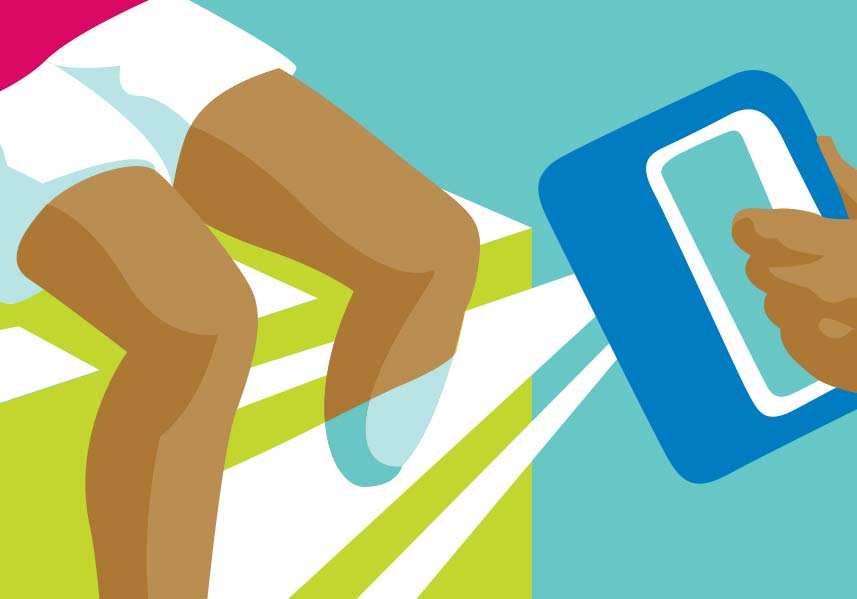
Prosthetic limbs require sockets, and these sockets must be custom-fitted to each patient’s body using a digital 3D scan. These scans were not generally compatible with the computer-aided design (CAD) tools commonly used and available at the time. The tools that were compatible tended to be complex, difficult to use and cost-prohibitive.
The researchers were in need of a design tool for PrintAbility that did not cost a fortune and that prosthetists could easily use. They settled on Meshmixer, a free 3D design tool
created out of the Research Group at Autodesk, a CAD software developer.
With the decision made to use Meshmixer, PrintAbility field tested in Uganda in 2015 before gaining funding from Grand Challenges Canada, Autodesk Foundation and Google.org. This funding elevated the project, and Nia Technologies was formed as a
nonprofit to further develop the prosthetics process in Tanzania and Cambodia.
So far, more than 200 children have taken 3D-printed sockets home with them via Nia Technologies.
However, even with all this progress happening, the issue of designing the sockets remained. Meshmixer was a good option but also a complicated one that lacked the specialization desired by Nia Technologies.
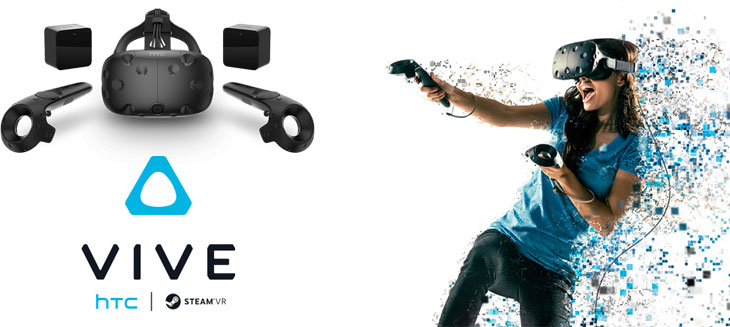
Prosthetic design gets immersive with Unity software and HTC Vive
In 2017, Nia began a project to further the development of its configuration tool, collaborating with software consultancy Gradientspace. In an ongoing collaboration, the teams are developing a prosthetic design solutions based in the Unity software architecture.
Unity is a versatile platform in a variety of ways, including its ability to very easily switch between desktop- and virtual reality-based application builds. Gradientspace pioneered the open-source application frame3Sharp to make sure the transition between a mouse- or touch-based user interface and a VR interface was as easy as possible.
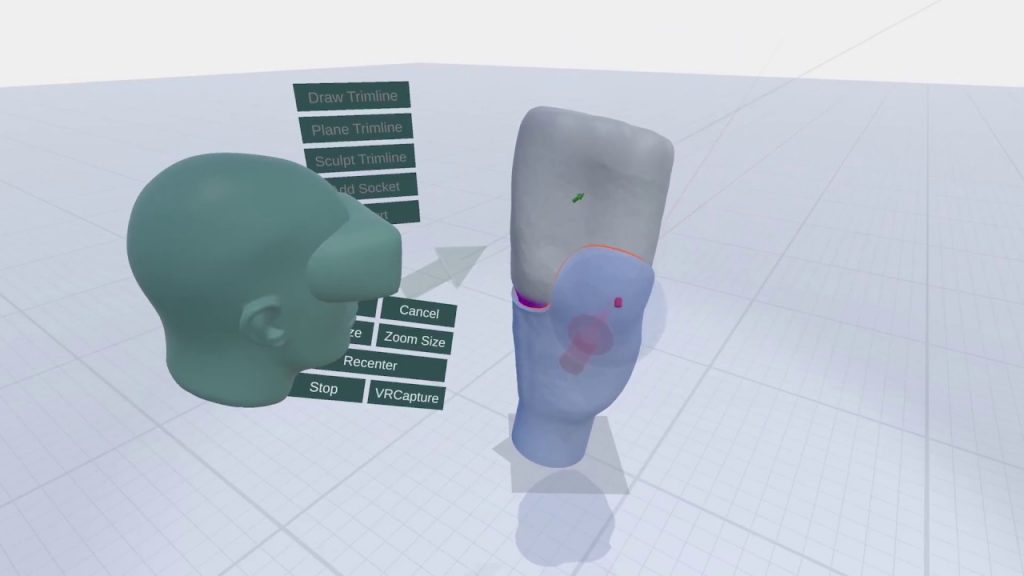
This meant that Nia Technologies was able to experience VR on the HTC Vive headset by simply checking a box in its Unity-based program.
A VR-based program proved very useful for prosthetists in particular. Much of the work that prosthetists put into each individual prosthetic is similar to that of a sculptor. A template cast is usually used for the base prosthetic before it is re-shaped to fit each a specific patient’s body. Using a mouse and keyboard is simply very different from aprosthetist using his or her hands.
Using the HTC Vive controllers is a much closer approximation to using hands than using a mouse cursor. The 3D images are easier to manipulate and rotate in a virtual- reality space than on a computer screen.
“In Orthogen we put a lot of effort into making this easier, but in OrthoVR the prosthetist can literally just reach out and grab the virtual leg, then position it however they want it by twisting their hand,” OrthoVR researchers said in an announcement press release.
OrthoVR is still in ongoing development, but researchers are focused on making it a better tool to aid in the creation of prosthetics for kids in developing countries.
The use of VR in the medical field doesn’t stop there, either. INSIGHT HEART, available in the Microsoft HoloLens Store, gives HoloLens users the ability to see and manipulate a simulated heart.

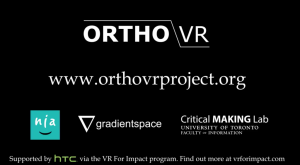
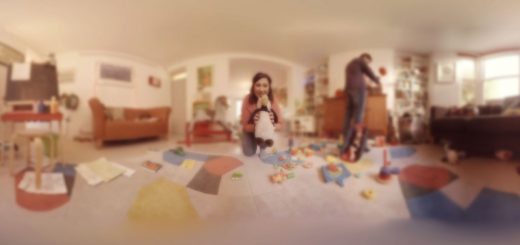

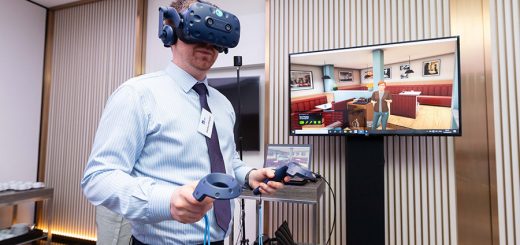
What do you think?
You are the first to add a thought